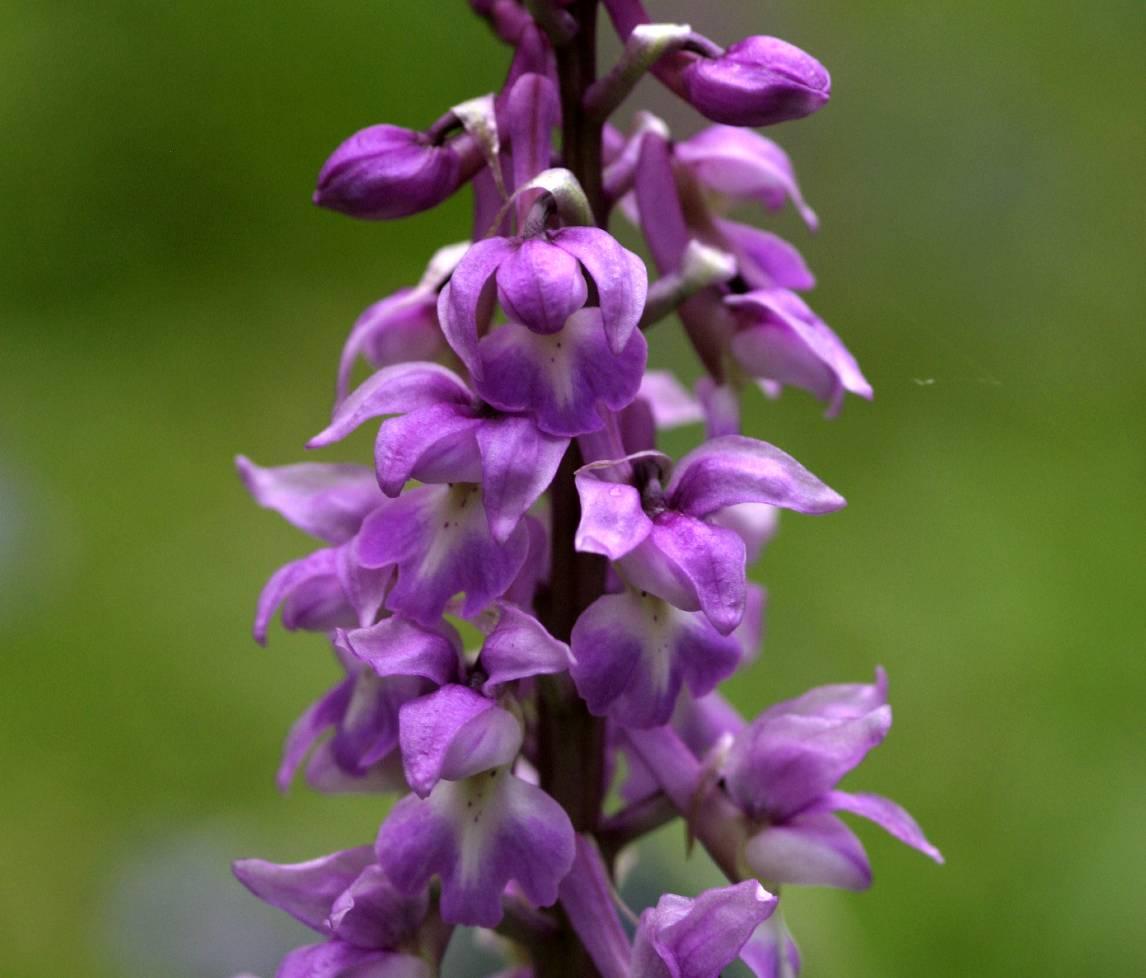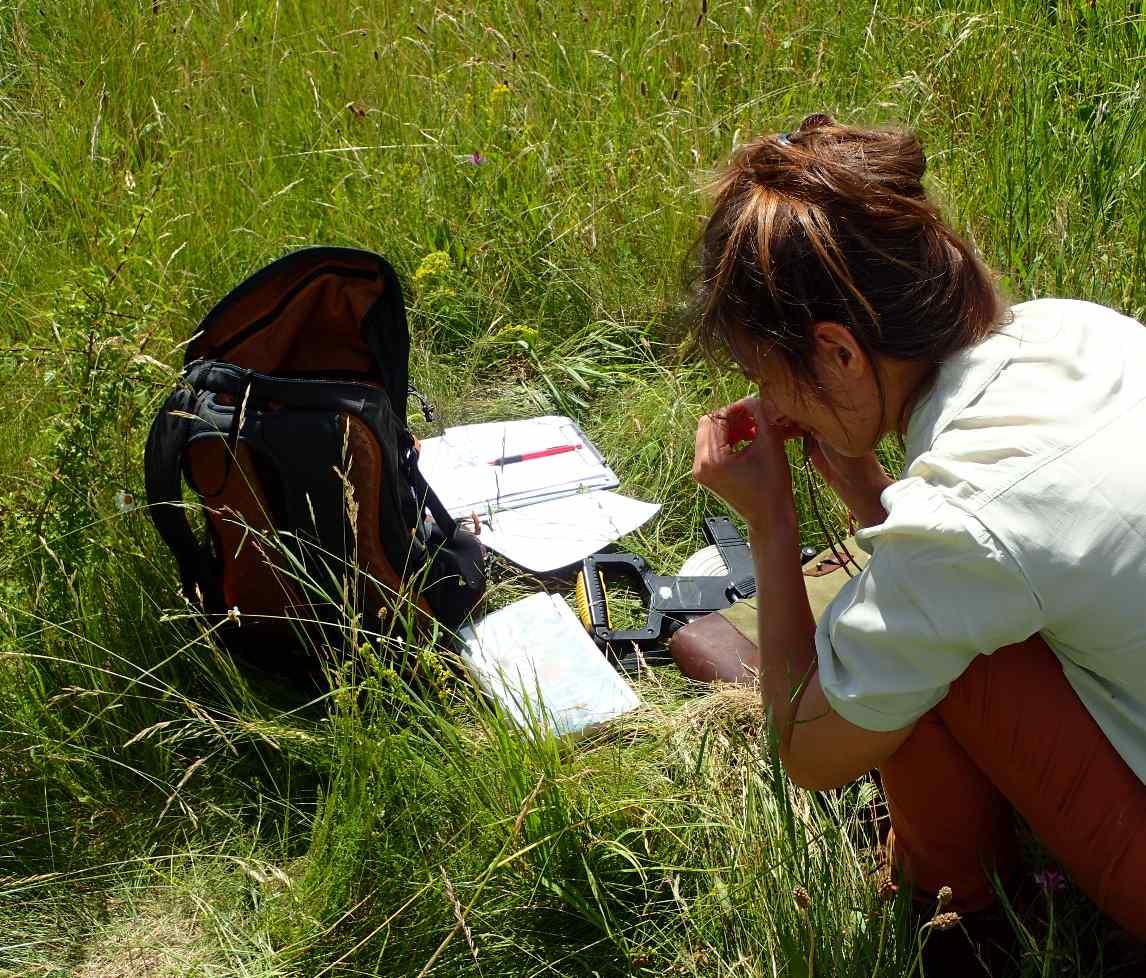Science challenge
Plants are the foundation of our habitats and ecosystems. Unlike other species groups that have been monitored by naturalists at small scale for many years, we have previously been lacking a good measure of changes in plant populations across the country. Understanding the effects of growing pressures on our wild plants, populations and habitats is a big task, but the growing NPMS dataset is starting to allow us to investigate these impacts.
Project summary
The National Plant Monitoring Scheme (NPMS) is a volunteer recording programme involving keen amateurs with varying levels of botanical expertise. Each participant chooses a 1 km square from the available randomly selected set. Within this square, volunteers record either all species, or sets of habitat-specific indicator species (depending on their level of experience), in around five plots in semi-natural habitats. Volunteers aim to complete two surveys each year.
The National Plant Monitoring Scheme complements existing abundance-focused recording schemes, including those for the UK’s birds and butterflies, and helps us to understand more about how the countryside is changing.
NPMS project partners are: Plantlife, UK Centre for Ecology & Hydrology, Botanical Society of Britain and Ireland, the Department of Agriculture, Environment and Rural Affairs (Northern Ireland), and the Joint Nature Conservation Committee.


